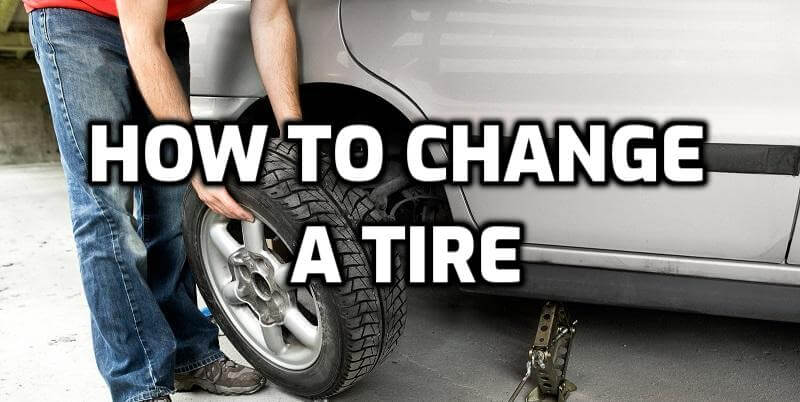How To Change A Tire Step By Step

A flat tire can occur at any time, and knowing how to change a tire is essential for any driver. We will walk you through the tire-changing process step by step, discussing the importance of safety and the tools and materials required.
Gathering Necessary Tools
Before you begin, make sure you have the following items on hand:
- Spare tire
- Car jack
- Lug wrench
- Wheel chocks or bricks
- Gloves and flashlight (optional)
Preparing Your Vehicle
To change a tire safely, follow these steps:
- Find a safe location, such as a flat, level surface away from traffic.
- Engage the parking brake to prevent the vehicle from rolling.
- Turn on your hazard lights to alert other drivers.
- Place wheel chocks or bricks behind the tires to prevent further movement.
- Remove the spare tire and tools from your vehicle.
Loosening the Lug Nuts
Now that your vehicle is secure, you can begin loosening the lug nuts:
- Identify the lug nuts, which are the large bolts that secure the wheel to the vehicle.
- Use the lug wrench to loosen each lug nut. Note that some vehicles may require a special adapter for the lug wrench.
- Apply the correct technique for loosening: Turn the lug wrench counterclockwise while keeping your body weight centered over the wrench for leverage.
Lifting the Vehicle
Next, you’ll need to lift your vehicle off the ground:
- Locate the jack points, and designated spots on your vehicle’s frame where it’s safe to place the jack.
- Position the car jack beneath the appropriate jack point.
- Raise the vehicle using the jack, ensuring you lift it high enough to remove the flat tire and install the spare.
- Check that the vehicle is stable and secure on the jack before proceeding.
Removing the Flat Tire
With the vehicle lifted, it’s time to remove the flat tire:
- Fully loosen and remove the lug nuts.
- Grip the tire at the 3 o’clock and 9 o’clock positions.
- Carefully pull the flat tire off the vehicle, avoiding any sudden movements.
Installing the Spare Tire
Now, you can install the spare tire:
- Align the spare tire with the wheel studs and the threaded posts to the lug nuts attached.
- Place the spare tire onto the vehicle, ensuring it sits flush against the wheel hub.
- Hand-tighten the lug nuts onto the wheel studs.
Lowering the Vehicle and Tightening the Lug Nuts
Once the spare tire is in place:
- Lower the vehicle carefully, ensuring it is stable and secure on the ground.
- Use the lug wrench to fully tighten the nuts using a star pattern, which involves tightening lug nuts in a crisscross order to ensure even pressure.
- Verify the lug nuts are properly tightened, but avoid overtightening, which can damage the wheel or studs.
Stowing the Flat Tire and Tools
With the spare tire installed, you can stow the flat tire and tools:
- Place the flat tire in the trunk or spare tire compartment.
- Organize and store the tools in their designated locations.
Post-Tire Change Tips
After changing a tire, follow these tips:
- Check the tire pressure on the spare tire, ensuring it meets the manufacturer’s recommendations.
- Visit a professional for a tire repair or replacement as soon as possible.
- Monitor the spare tire for any issues, as it is typically not designed for long-term use.
How Long Does It Take To Change A Tire?
It takes about 20-30 minutes to change a tire. Of course, this will vary depending on your experience level and the type of car you have. If you’re changing a tire for the first time, it’s important to take your time and be careful.
How Much Does It Cost To Change A Tire?
If you have a spare tire and all the necessary tools, then changing a tire is free. However, if you need to buy a new tire, you can expect to pay $50-$100 for a quality tire. Keep in mind that you’ll also need to pay for the installation cost, typically $25-$50. So, all in all, changing a tire can cost anywhere from $75-$150.
Conclusion
Changing a tire may seem intimidating, but following the steps outlined in this article can safely and effectively change a tire in most situations. Remember to regularly maintain your tires and practice the tire-changing process to build confidence and competence in this essential skill. In doing so, you’ll be better prepared to handle a flat tire and ensure the safety of yourself and others on the road.

